
Politics & Society
What’s next for the Republicans after Trump?

A violent mob storming the US Capitol building has been described as a ‘coup attempt’ but the fallout could have much broader implications
Published 7 January 2021
Over the next few days, weeks or months, you may see debates about whether the chaotic events in Washington – when a mob, incited by the President, breached the Capitol complex, disrupted the certification of Joe Biden’s election and sent the nation’s lawmakers into lockdown – was a coup attempt.
While this definition (along with sedition, insurrection, terrorism or plain old crime) is technical and fine-grained, the fallout from these events is not.
It will be Very Bad in a number of ways.
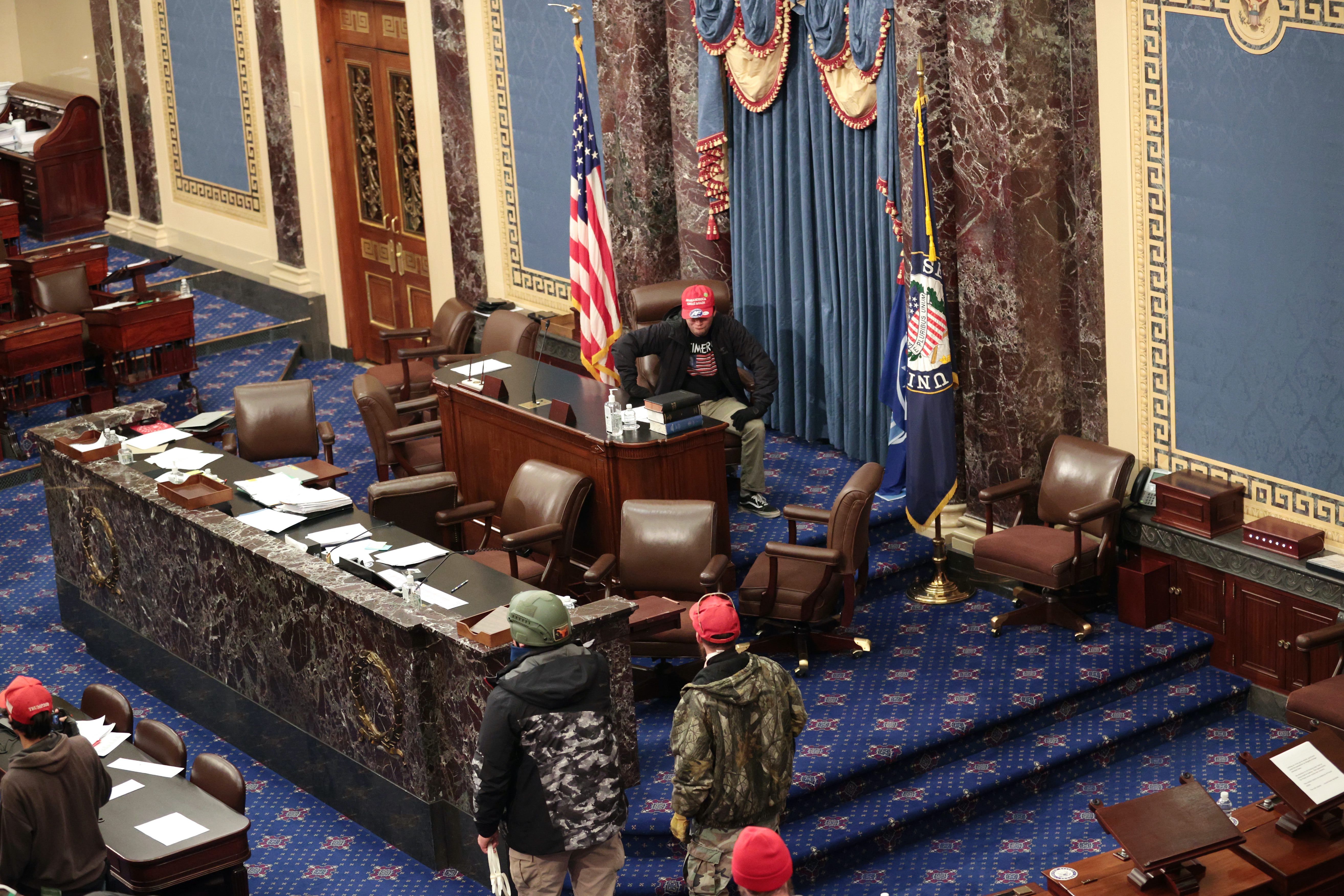
One of the fundamental pillars of democracy is the peaceful transfer of power after free and fair elections. This transfer of power was what the rioters were trying to prevent: to disrupt or stop the certification of the Electoral College votes which confirm Joe Biden as the next President.
They temporarily managed, by force, what they could not do with lawsuits, with procedural moves from friendly Republican legislators such as Josh Hawley and Paul Gosar, or by asking Vice President Mike Pence to exercise authority he does not have.

Politics & Society
What’s next for the Republicans after Trump?
The ability of these ‘protesters’ to storm the Capitol depended at least partially on them all being armed and expecting violence, which would have actually legitimised some of their claims and given them more staying power.
The woman who was shot on the Capitol grounds and has since died is likely to be seen as a martyr.
Had the Capitol Police decided to use anything more dangerous than tear gas and barricades to protect the building, there would have been many more (and they would have been widely shared by alt-right communication networks).
But the ease with which they did it makes it more likely that it will happen in the future. It also happened in several state houses, as it did in Michigan earlier this year.
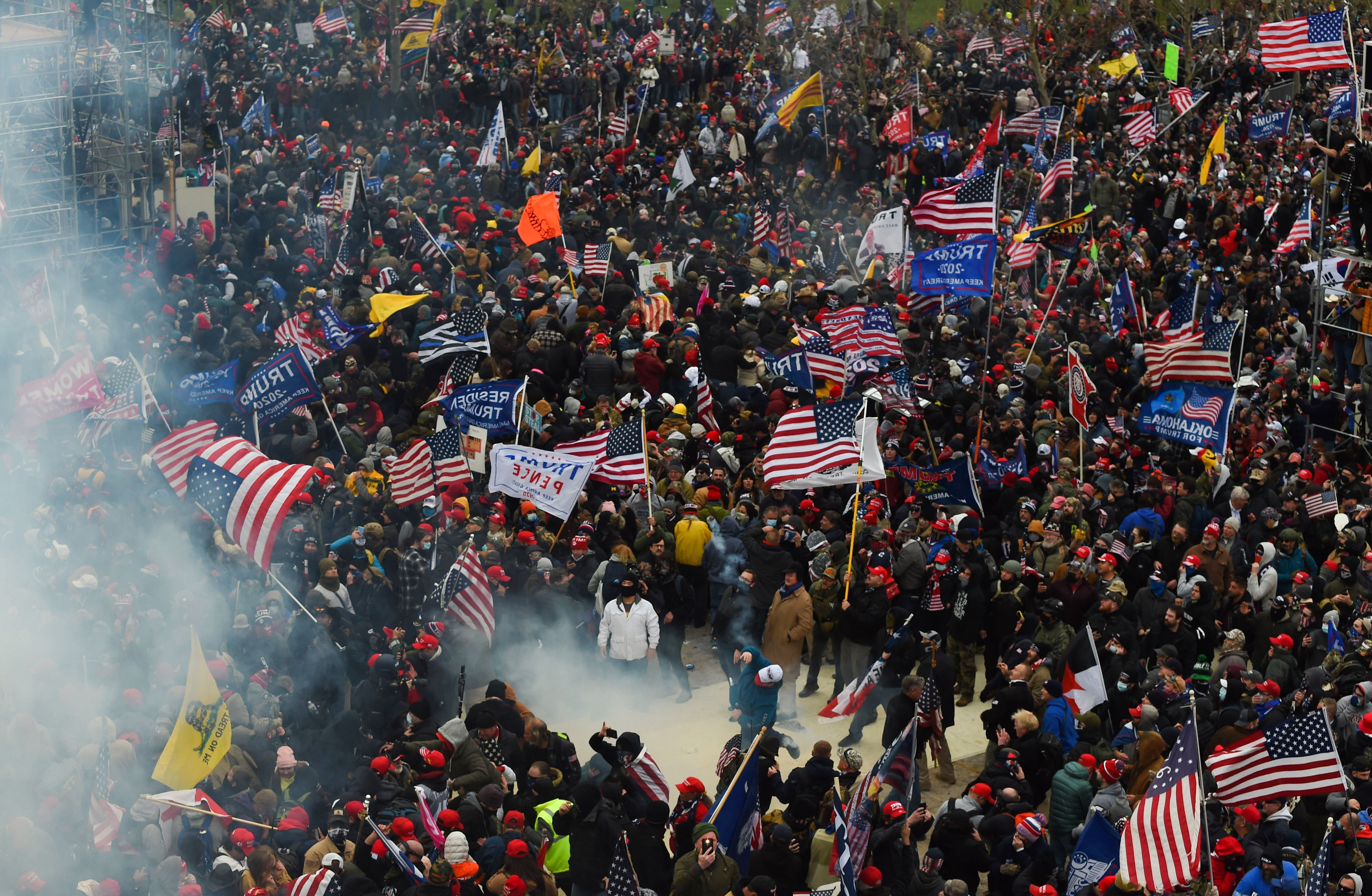
So, either way their aims were accomplished.
It also provides evidence that some law enforcement is complicit or even active in this movement; we absolutely have not seen the violence used against BLM protesters, and not just because this violence would help the MAGA (Make America Great Again) mob.
As providers of security to a post-9/11 Washington, these forces are highly trained and constantly on alert, but some of them seem to have abdicated their duty.

Politics & Society
The legacy of Trump
There’s video of one Capitol Police barricade being opened so that the rioters could get in; there are also streams of Law Enforcement Officers taking selfies with the mob.
Non-lethal force was used even as police officers were injured; efforts to disperse the remaining crowds after the curfew began used less coercive tactics than have been used on protesters critical of, and press documenting, the police.
Lastly, the slowness or reluctance of some social media companies to prevent their platforms from being used to organise this activity, and continue broadcasting encouragement from the President and his allies, provides yet more proof that these platforms need to be much better regulated to deal with their impact on democracy.
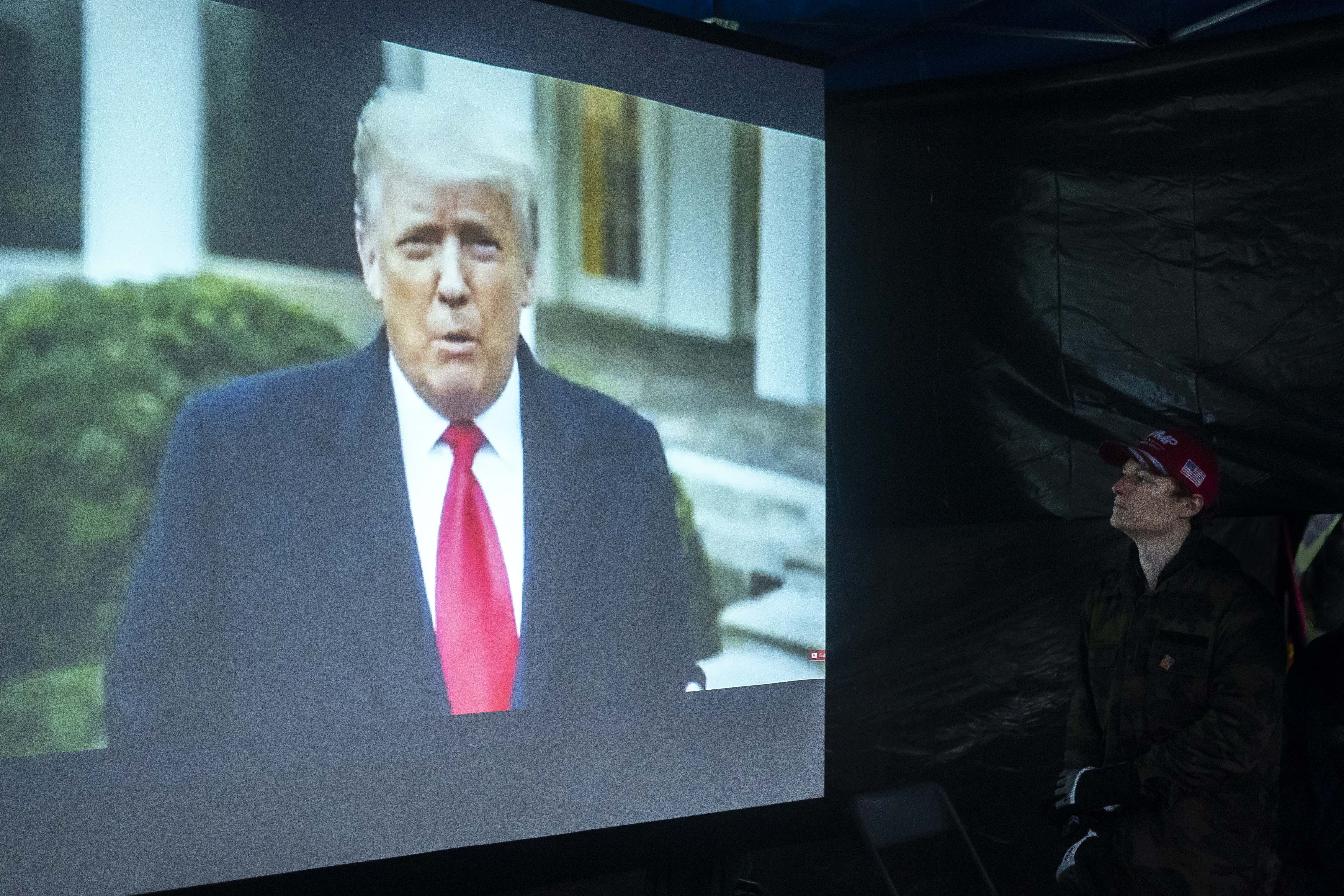
Twitter waited until after 7pm EST to temporarily block the President’s official account, after he repeatedly tweeted lies and encouraged “protest” even as he told people to go home.
We’ve now seen senior Republican elected officials talking seriously about either a second impeachment or invocation of the 25th amendment, which would remove the President for his inability to do the job.

Politics & Society
The battle for the racial future of America
As before, impeachment requires a vote in the House and a trial in the Senate, which requires a 2/3 majority to remove. This will not happen, even as a number of Republican lawmakers are furious with the President. The post-violence House vote challenging the election results in Arizona should be proof of that.
The 25th Amendment is also tricky, as it requires the Vice President (VP) and half the Cabinet. The President’s reaction to the violence certainly suggests unfitness for office. But three of the 15 current members of the Cabinet are acting and, therefore, unconfirmed in their roles; it is constitutionally unclear whether or not they are able to carry out this particular duty, and what happens in the event of a challenge.
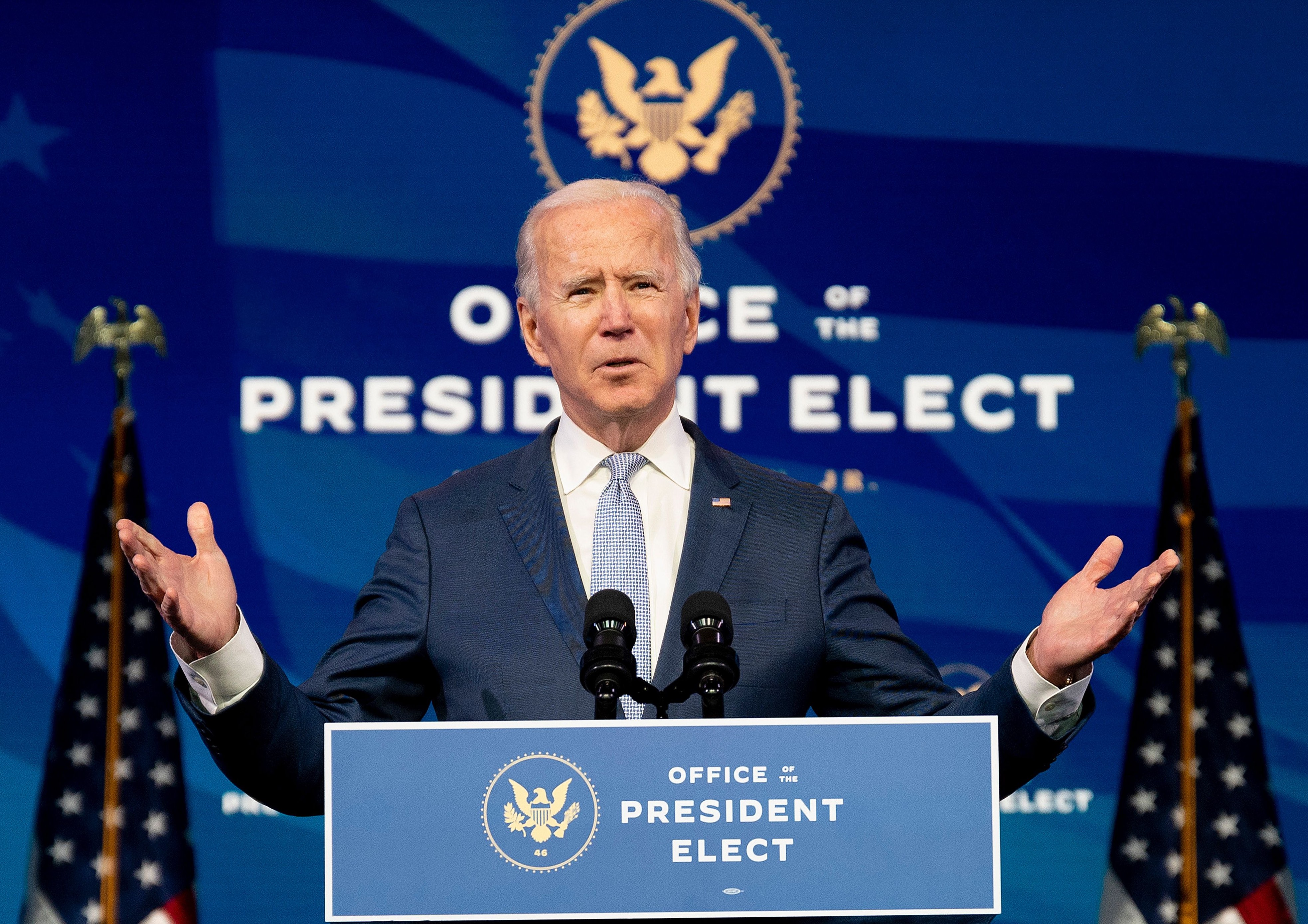
It would also be difficult to get more than half of a group of people appointed by the President in part for their loyalty to vote to remove him from power.
The power of the President over the DC National Guard (NG) is another issue.
In states, the NG is controlled by the Governors but can be ‘federalised’ if need be by the President. In DC, which is not a state, it is directly controlled by the President and the Department of Defense.

Health & Medicine
A pandemic letter from an Aussie in the USA
We have learned from the press that the President did not wish to authorise the DC NG to protect the Capitol and the Congress. The President’s direct control of this particular force is once again controversial – only six months ago, he called them out to violently disperse Black Lives Matter protesters in front of the White House for a photo op, and was broadly criticised from within the establishment.
The DC NG was eventually activated by the Acting Secretary of Defense in consultation with the VP; the VP appears to have directed security operations. It is not clear that there was authorization to do this, suggesting a de facto use of the 25th without formal process.
The ripple effects of these events extend beyond the US.
We have seen statements of alarm and sadness from allies, and a number of less sincere statements from frenemies and enemies, for getting our Capitol Building invaded by these guys.
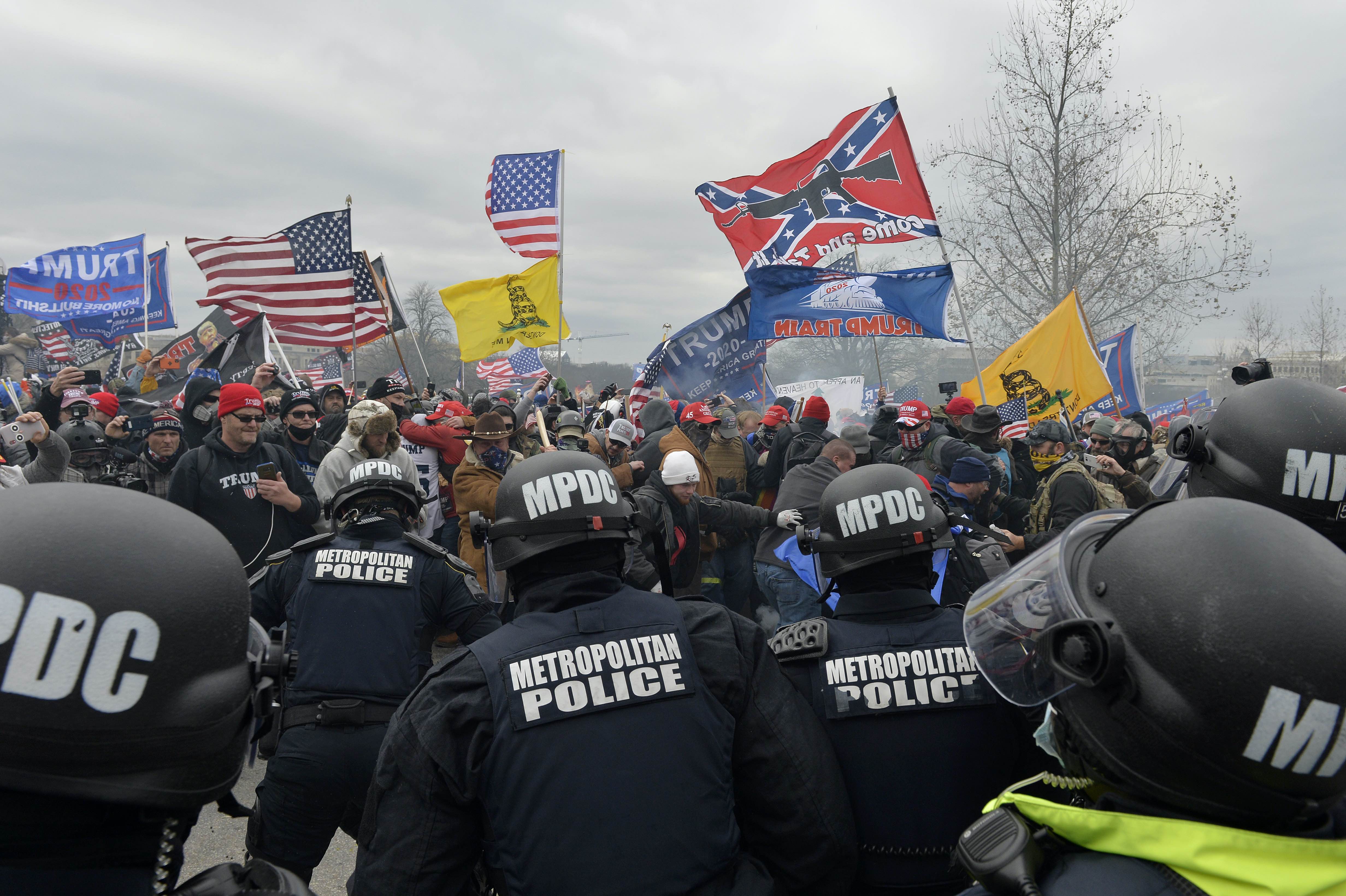
The United States, as the supposed leader of the Liberal International Order (LIO), has lost a great deal of credibility and power over the last four years as Donald Trump has repeatedly questioned the utility of many of its fundamental institutions (such as NATO) and expressed admiration for states which challenge it, such as Russia and Turkey.
The events in DC, while part of a longer trajectory of decline, provides something tangible for these leaders to use to resist the Biden administration’s efforts to buffer and rebuild that order.
If a fundamental organising principle of the current LIO – democracy – does not hold in its most influential state, of what value is the LIO and the US leadership to it?

Arts & Culture
Race, change and time in the USA
This also impacts the ability of the US to credibly call out others for their rule-of-law violations, especially related to democracy and the peaceful transfer of power.
Election monitoring exists for a reason, but this will make it harder for those organisations to do their work, and for democracies to call out undemocratic practices by other governments.
Lastly, this is bad for the District of Columbia and those who call it home, as I once did.
Thousands of people came to the city without masks, making this a sure-fire COVID superspreading event.

The security situation and the curfew led to the closure of local DC COVID-testing sites, making it harder for actual DC residents to protect themselves and others against the deadly virus ravaging the country.
This is on top of the added threat of further violence by the pro-Trump mob in the rest of the city; although the Mayor asked people to stay home, there are still essential workers on the streets.
The mob was eventually cleared from the Capitol and Congress returned to certify the election, so we can be relieved that this particular Constitutional duty has been carried out.
But not too relieved.
Banner: Getty Images